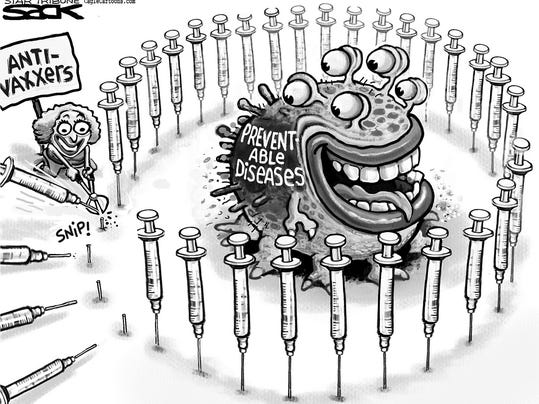Chikungunya is an ARBO virus that is known to cause fever, rash, and joint pain and swelling. Consequently, a growing number of physicians have encountered difficulties distinguishing between the virus and rheumatoid arthritis.
Interestingly, research published in Arthritis and Rheumatology recently indicated that blood tests from chikungunya-infected patients and patients suffering from rheumatoid arthritis yield similar results. The study also argued that chikungunya-associated joint pain lasts 12 - 15 months for the majority of patients, but that the pain can persist in patients for up to 3 years. Convoluted blood tests make it additionally difficult for clinicians to discern between the two conditions.
This study was limited in terms of sample size, however, for only ten individuals were included in the study, Nevertheless, 8/10 of patients with viral infection also met the American College of Rheumatology’s criteria for arthritis, providing some evidence that further investigation may be warranted.
Originally discovered in Africa about 60 years ago, chikungunya has been increasing in prevalence around the globe ever since. The virus has spread to the Caribbean and Central and South America. Moreover, the CDC estimated that approximately 2,000 Americans were infected with the virus after traveling to other countries in 2014, and the state of Florida saw an interesting increase in cases of chikungunya, suggesting that mosquitoes in the area may be transmitting the virus.
Ultimately, this research is most salient for practicing physicians, who should take careful medical histories when meeting patients. Taking a detailed history may uncover risk factors for chikungunya that could help distinguish the disease.
-Luis
http://www.drugs.com/news/tropical-virus-can-mimic-rheumatoid-arthritis-study-55743.html


